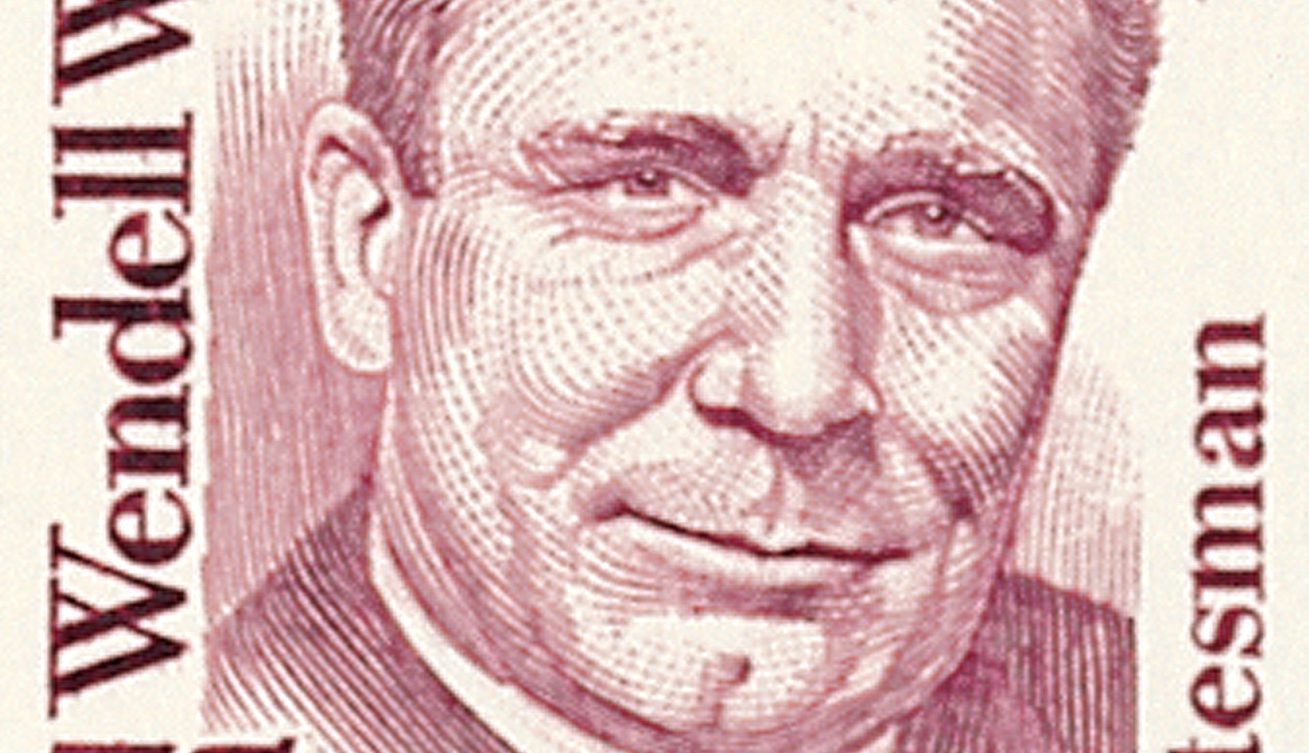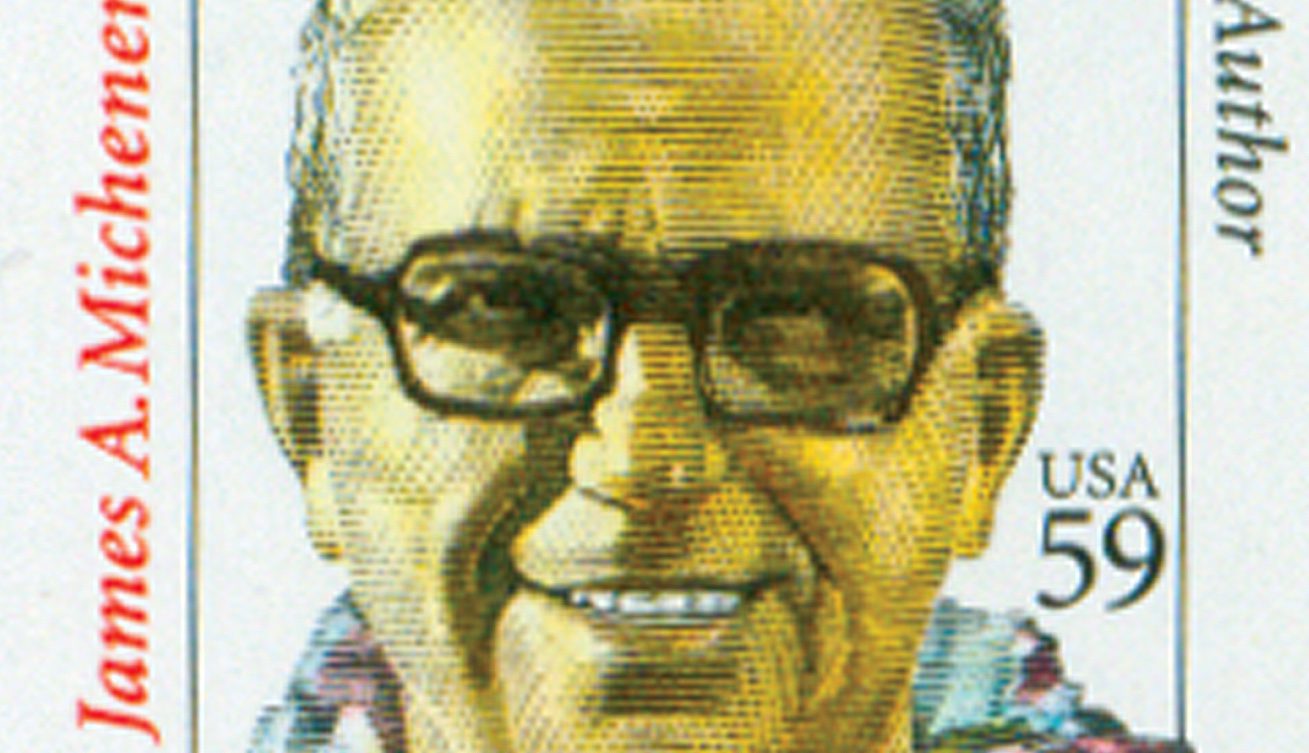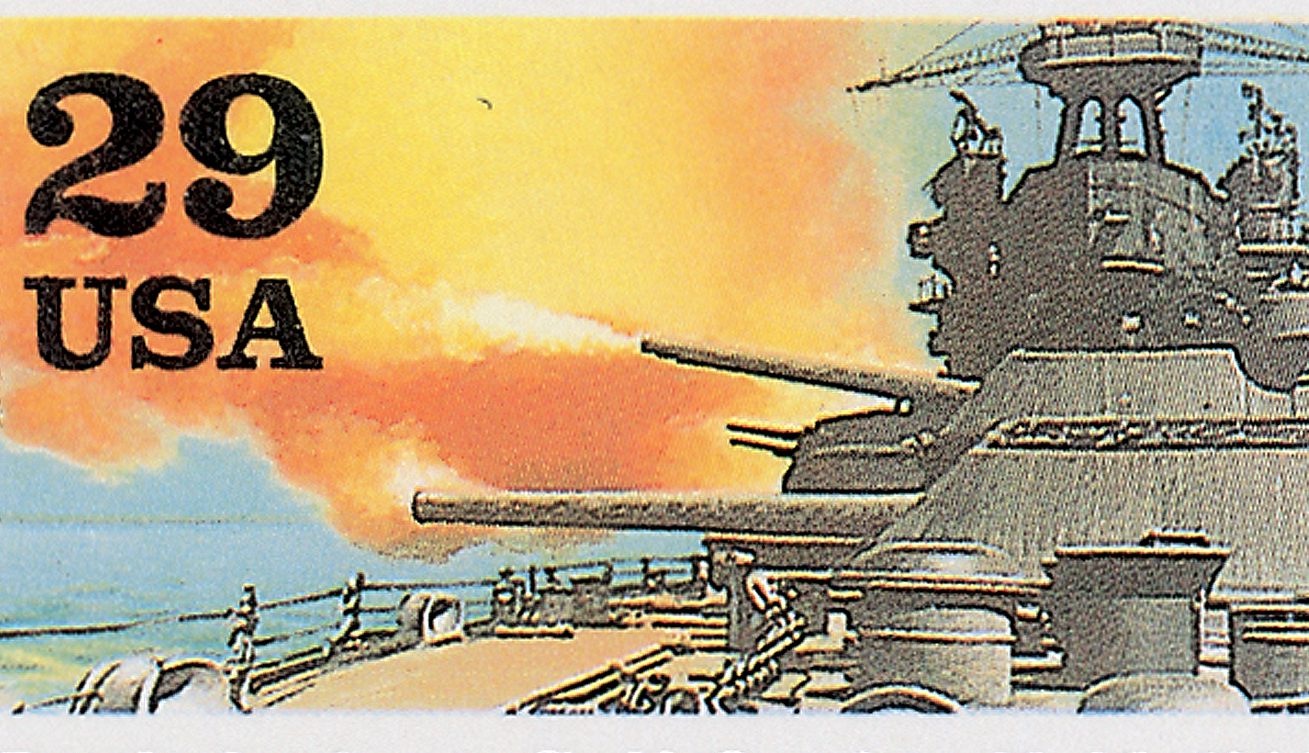Rotary Club Founded
On February 23, 1905, the Rotary Club was founded in Chicago, Illinois. Since then, its grown into an international service organization spreading goodwill and understanding around the world.

On February 23, 1905, the Rotary Club was founded in Chicago, Illinois. Since then, its grown into an international service organization spreading goodwill and understanding around the world.

On February 19, 1945, the Battle of Iwo Jima began. It was one of the bloodiest of the whole war, with over 44,000 combined casualties.

Willkie was born Lewis Wendell Willkie on February 18, 1892, in Elwood, Indiana. He switched political parties to run against Franklin Roosevelt in the 1940 presidential election, but later worked with Roosevelt to promote US interests during World War II.

On February 15, 1946, the Electronic Numerical Integrator and Computer (ENIAC) was unveiled to the public. It’s considered the first general-purpose electronic digital computer.

James Albert Michener is believed to have been born on February 3, 1907, in New York City. He was a bestselling author of more than 40 books, selling an estimated 75 million copies worldwide.

A tax on motor vehicle use went into effect on February 1, 1942, to help fund World War II. These short-lived stamps were meant to be displayed on the inside of the windshield, to easily show the tax had been paid.

The Battle of Kwajalein began on January 31, 1944. Part of the World War II Pacific Campaign, it was a hard-fought, but quick victory for the US, allowing commanders to launch the next battles sooner than expected.

The fourth USS Yorktown was launched on January 21, 1943. During its more than 25 years of service, the Yorktown participated World War II, the Korean War, and the Vietnam War.

John Robinson Jeffers was born on January 10, 1887, in Allegheny, Pennsylvania. He was a prolific, yet controversial poet who captured the natural beauty surrounding his home in Carmel, California.